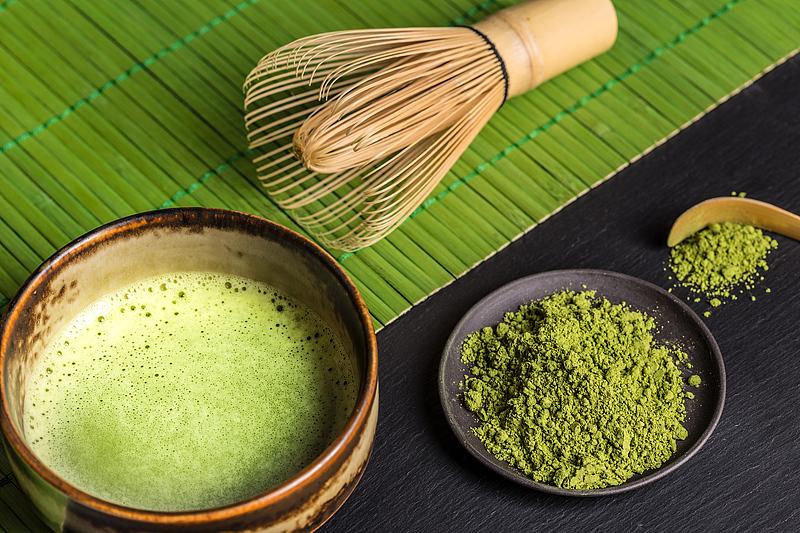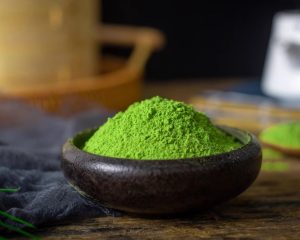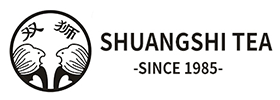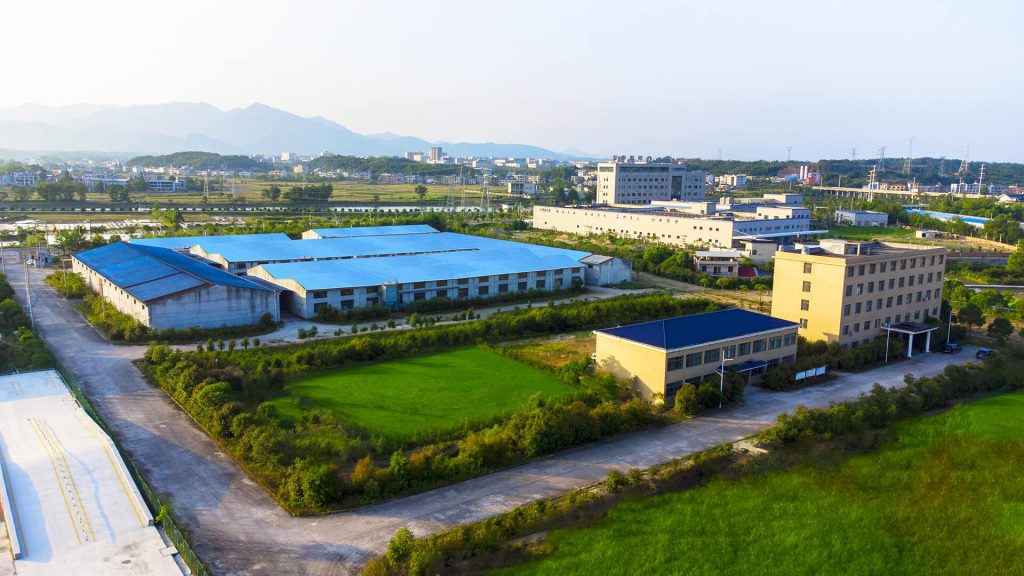The Song Dynasty’s Heyday: The Splendor of Matcha Tea Culture
As delicate foam billows atop matcha milk caps in bubble tea cups, few could fathom that this verdant hue has flowed through the land of China for a millennium. From pounding tea leaves into powder for boiling during the Wei and Jin dynasties, to the elegant pinnacle of whisked tea (diancha) competitions in the Tang and Song dynasties, through its lull following the rise of loose-leaf tea in the Ming Dynasty, and to its joyous revival today, Chinese matcha has traversed a thousand-year journey steeped in both everyday warmth and refined elegance.
The development of Chinese matcha can be roughly divided into three phases:
1. The Obscure Origin Phase
Known historically as “mocha” (powdered tea), matcha is made by steaming young tea leaves and grinding them into a fine powder, with its roots tracing back to ancient times. The Shennong Ben Cao Jing (Shennong’s Herbal Classic) notes: “Shennong tasted a hundred herbs, encountering seventy-two poisons in a single day, and was cured by tea.” The ancient practice of chewing tea leaves for medicinal purposes laid the cultural groundwork for subsequent tea processing methods, including powdered tea.
2. The Gradual Development Phase
As early as the Jin Dynasty, people invented steamed loose-leaf tea (niancha, ground tea) and developed a systematic method for evaluating tea’s color, aroma, and taste. Steamed loose-leaf tea became an indispensable daily beverage.

The Tang Dynasty marked the “Enlightenment Era” of matcha, when it was still called “mocha.” Lu Yu, the Sage of Tea, wrote in the Cha Jing (The Classic of Tea): “…First, the leaves are steamed in a bamboo basket; once cooked, they are taken out. When the cauldron runs dry, water is poured into the steamer, and a tool made of three-pronged grainwood branches is used to spread the steamed buds and leaves, preventing the loss of their essential oils.” At that time, tea farmers picked fresh leaves, steamed them to lock in aroma, pressed them into cakes for storage, and ground them into powder for brewing—this was the prototype of steamed tea powder. Lu Tong’s poem vividly depicts the tea soup: “Azure clouds drift, carried by the wind unbroken; white blossoms float, their luster congealing on the bowl’s surface,” reflecting the simple Tang Dynasty custom of stirring tea with a spoon and drinking it with the powder, writing the earliest chapter of powdered tea.
The Song Dynasty ushered in the “Golden Age” of powdered tea, evolving into an intricate and elegant cultural system. Tea-making craftsmanship became increasingly sophisticated, involving more than ten processes from picking to roasting, including washing, steaming buds, pressing into cakes, and removing excess moisture. Tribute teas such as “Dragon and Phoenix Cakes” (Longtuan Fengbing) were carved with dragon and phoenix patterns and inlaid with gold and silver, worthy of being called works of art. Cai Xiang, the renowned tea connoisseur and literary giant of the time, described the brewing method of powdered tea in the Cha Lu (Record of Tea): Grind the tea cake into powder, sieve to extract the finest particles, pour boiling water over it, and whisk vigorously with a chasen (tea whisk). “With a light hand and a heavy whisk, swirling the wrist and fingers,” the tea soup produces a smooth, long-lasting froth like condensed fat—those with superior color, aroma, and taste were deemed the best. Additionally, there was the exquisite art of “tea hundred operas” (chabaixi), where flowers and birds were painted on the surface of the tea soup, resembling flowing paintings, and hailed as the ancient equivalent of “coffee latte art.”

Within this intricate and elegant cultural system, the trend of tea competitions (doucha) prevailed throughout the Song Dynasty court and among the common people. Fan Zhongyan’s poem vividly captures the grand occasion: “Beside the golden grinder, green dust flies; in the jade bowl, emerald waves surge.” From the imperial palace to the marketplaces, the criteria for judging were the bright white color of the tea soup and the long-lasting adherence of the froth to the bowl (yaozhan, “clinging to the cup”). Winners felt as if ascending to immortality, while losers resembled defeated generals.
A turning point came in the Ming Dynasty. Zhu Yuanzhang, believing that the production of pressed tea cakes was extravagant, abolished the tribute system for pressed tea. The stir-frying process (chaqing) emerged, and brewing loose-leaf tea replaced whisked tea. Fortunately, Japanese envoys to the Tang Dynasty brought the method of boiling tea to Japan, and in the late Southern Song Dynasty, Zen Master Nanpu Shaoming introduced the art of whisked tea from Jingshan Mountain to Japan—preserving a lineage of powdered tea overseas.
3. The Revival Phase
For centuries, powdered tea lay dormant, while Jingshan Mountain remained lush and fragrant. Today, Chinese matcha is experiencing a remarkable revival.








